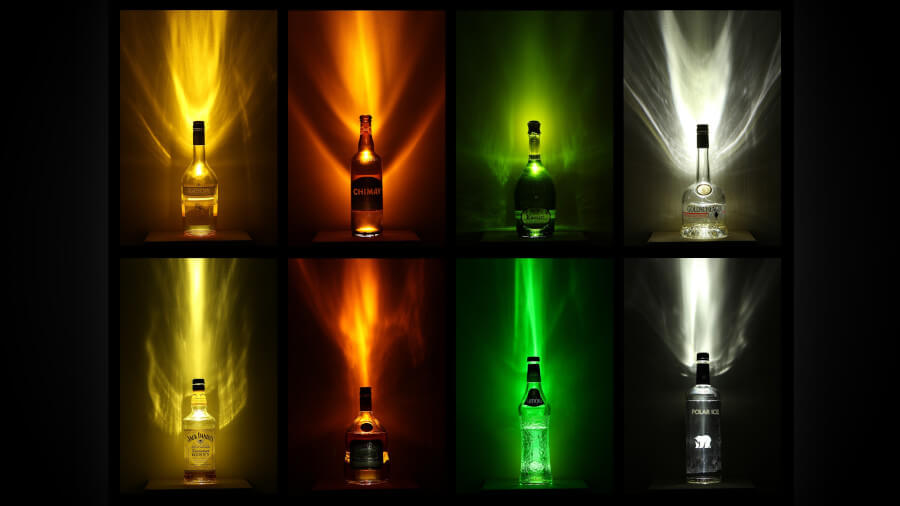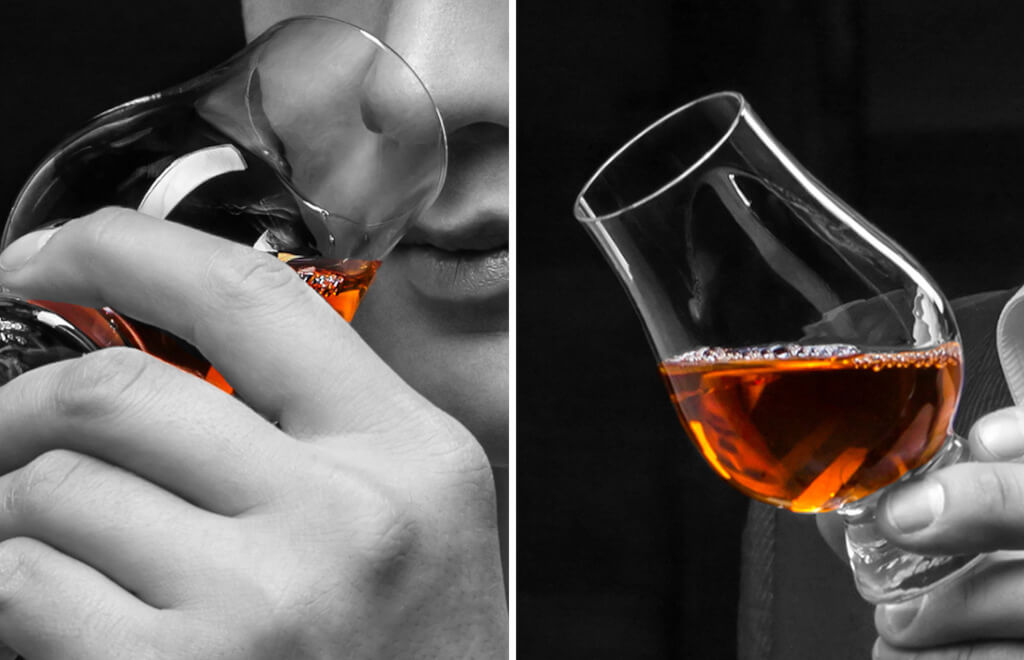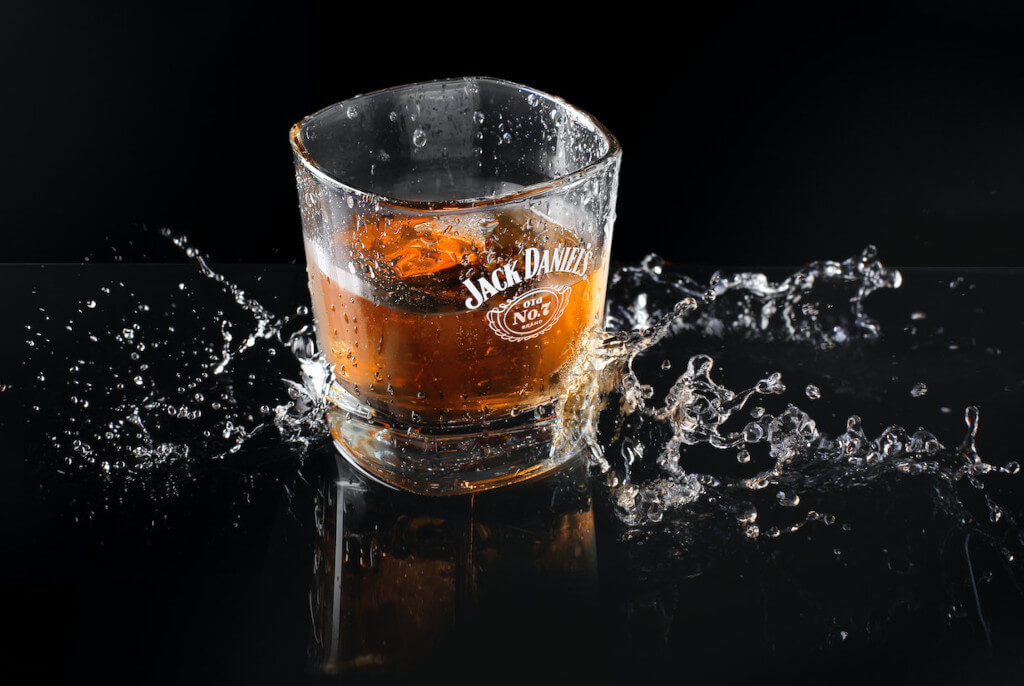Whiskey Origins Table
A table of whiskey styles as found on WhiskeyD.com might be organized based on several factors, such as the country of origin, grain type, and production method. Here’s a suggested table with whiskey styles organized by region and grain:
| Region | Barley | Corn | Rye | Wheat | Malt & Grain Blend | Other Grains |
|---|---|---|---|---|---|---|
| Ireland | Irish Single Malt | Irish Single Pot Still | – | – | Irish Blended Whiskey | – |
| Scotland | Scotch Single Malt | – | – | – | Scotch Blended Whiskey | – |
| USA | American Single Malt | Bourbon | Rye | Wheat Whiskey | American Blended Whiskey | Tennessee Whiskey, Corn Whiskey |
| Canada | Canadian Single Malt | – | Canadian Rye | – | Canadian Blended Whiskey | – |
| Japan | Japanese Single Malt | – | – | – | Japanese Blended Whiskey | – |
| Other | World Single Malt | – | – | – | World Blended Whiskey | – |
This table provides a basic overview of the different whiskey styles based on their country of origin and grain type. Keep in mind that there are many variations within each style and region, so this table is by no means exhaustive.
Whiskey Flavor Profiles
A table of whiskey flavor profiles can be organized based on several factors, such as the primary flavor category and specific tasting notes. Here’s a suggested table with flavor profiles grouped into six primary categories: fruity, floral, spicy, sweet, woody, and peaty/smoky.
| Category | Fruity | Floral | Spicy | Sweet | Woody | Peaty/Smoky |
|---|---|---|---|---|---|---|
| Flavors | Apple | Jasmine | Cinnamon | Caramel | Oak | Peat |
| Pear | Lavender | Clove | Toffee | Pine | Smoke | |
| Orange | Heather | Black Pepper | Honey | Cedar | Charcoal | |
| Cherry | Rose | Nutmeg | Brown Sugar | Mahogany | Ash | |
| Plum | Violet | Ginger | Maple Syrup | Sandalwood | Tar | |
| Apricot | Geranium | Anise | Vanilla | Walnut | Iodine | |
| Raisin | Lilac | Cardamom | Marzipan | Chestnut | Seaweed | |
| Lemon | Honeysuckle | Allspice | Butterscotch | Birch | Brine | |
| Grapes | Elderflower | Coriander | Condensed Milk | Hickory | Kippers |
This table provides a general overview of different whiskey flavor profiles found across various styles and regions. Keep in mind that individual whiskies can exhibit a combination of flavors from multiple categories, and these flavors may change or develop as the whiskey ages.
Other tables can be useful to provide information about whiskey production, aging, classification, and tasting. Here are some suggestions for additional tables that can be included:
Whiskey Production Process
| Stage | Description |
|---|---|
| Malting | Soaking and germinating barley to release enzymes |
| Mashing | Mixing malted barley with hot water to extract sugars |
| Fermentation | Converting sugars to alcohol using yeast |
| Distillation | Separating alcohol from the liquid mixture |
| Maturation | Aging the whiskey in oak barrels |
| Blending | Combining different whiskies to achieve desired flavor |
| Bottling | Diluting, filtering, and packaging for sale |
Barrel Aging Types
| Barrel Type | Characteristics |
|---|---|
| New American Oak | Vanilla, caramel, coconut, and sweet flavors |
| Used American Oak | Subtle sweetness, less pronounced oak flavors |
| European Oak | Tannins, dried fruit, and spicy flavors |
| Sherry Cask | Nutty, dried fruit, and chocolate flavors |
| Port Cask | Dark fruit, jam, and chocolate flavors |
| Wine Cask | Fruity, floral, and wine-like flavors |
| Rum Cask | Tropical fruit, molasses, and sweet flavors |
| Bourbon Cask | Vanilla, caramel, and sweet flavors |
Whiskey Glassware
| Glass Type | Characteristics |
|---|---|
| Glencairn | Designed for nosing and tasting whiskey |
| Tumbler | Casual glass for sipping whiskey neat or on the rocks |
| Highball | Tall glass for whiskey cocktails |
| Copita | Traditional Spanish glass for nosing and tasting |
| Snifter | Wide bowl and narrow rim for concentrating aromas |
Whiskey Tasting Notes
| Aspect | Evaluation Criteria |
|---|---|
| Appearance | Color, clarity, and viscosity |
| Nose | Aromas, intensity, and complexity |
| Palate | Flavors, mouthfeel, and balance |
| Finish | Length, aftertaste, and overall impression |
These are just a few examples of tables that can be included in a whiskey guide to help readers better understand and appreciate whiskey. You can also add tables for specific whiskey regions, pairing suggestions, or a glossary of whiskey-related terms.





